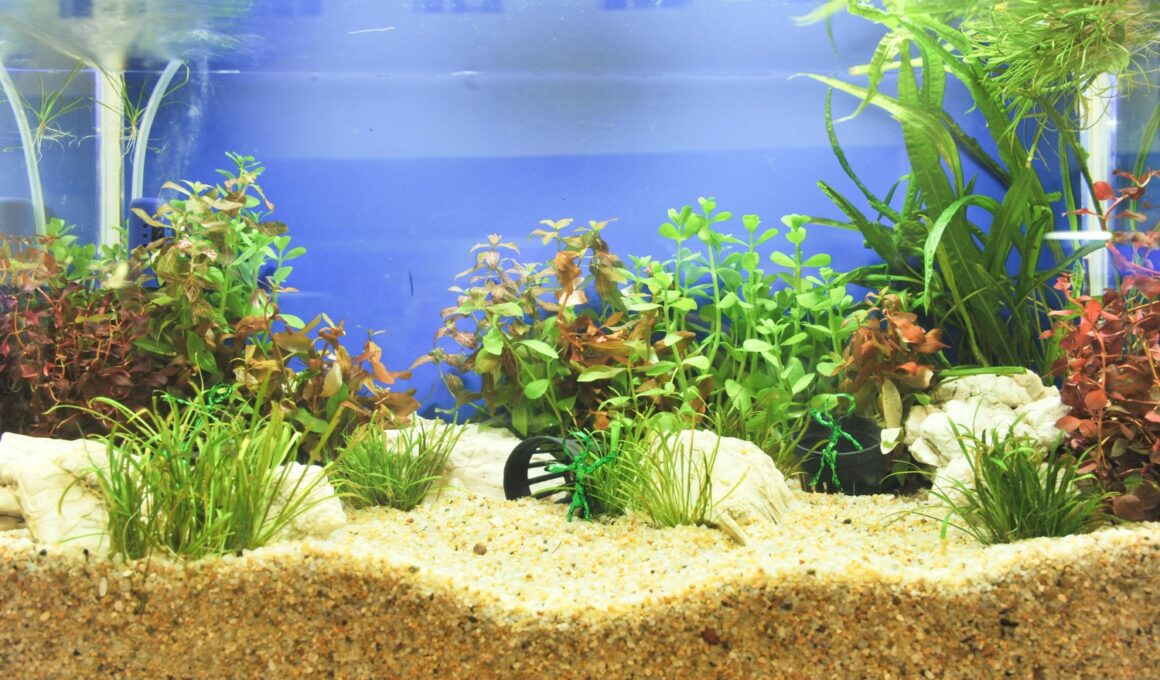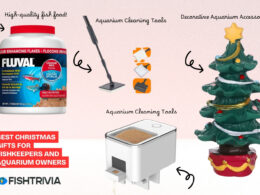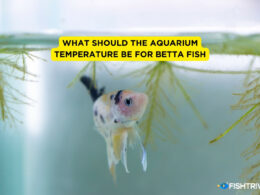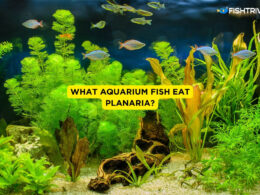In this article Show
If you’re like me, you’re always on the lookout for ways to make your aquatic sanctuary even better. We all know that building and maintaining an aquarium isn’t just about adding water, fish, and plants.
Often, it involves a bit of DIY—whether that’s securing decorations, fixing a small leak, or anchoring plants. And that’s when you’ll likely find yourself asking, “What kind of adhesive can I use that won’t turn my aquarium into a toxic wasteland?”
One name that probably comes to mind is Gorilla Glue. It’s strong, durable, and used for various household applications. But is Gorilla Glue safe for aquariums? That’s the million-dollar question, isn’t it?
In this blog post, we’ll dig deep into the properties of Gorilla Glue, explore what experts have to say about its safety in aquarium settings, and even look into some alternative options you might consider. So, let’s dive in (pun intended)!
Quick answer: No, Gorilla Glue is not universally safe for aquarium use. While some variants like Gorilla Super Glue contain cyanoacrylate, which is considered safer for aquatic environments, the manufacturer does not explicitly label any Gorilla Glue products as “aquarium-safe.”
What is Gorilla Glue?
Gorilla Glue has earned its reputation as one of the toughest glues on the market. You’ve probably used it to fix a broken chair, mend a garden tool, or even patch up a shoe. But what exactly is this mighty adhesive made of?
At its core, Gorilla Glue is a polyurethane adhesive. It’s waterproof, incredibly strong, and designed to bond a wide range of materials like wood, metal, ceramics, and yes, even plastics. But wait a minute, not all Gorilla Glues are the same!
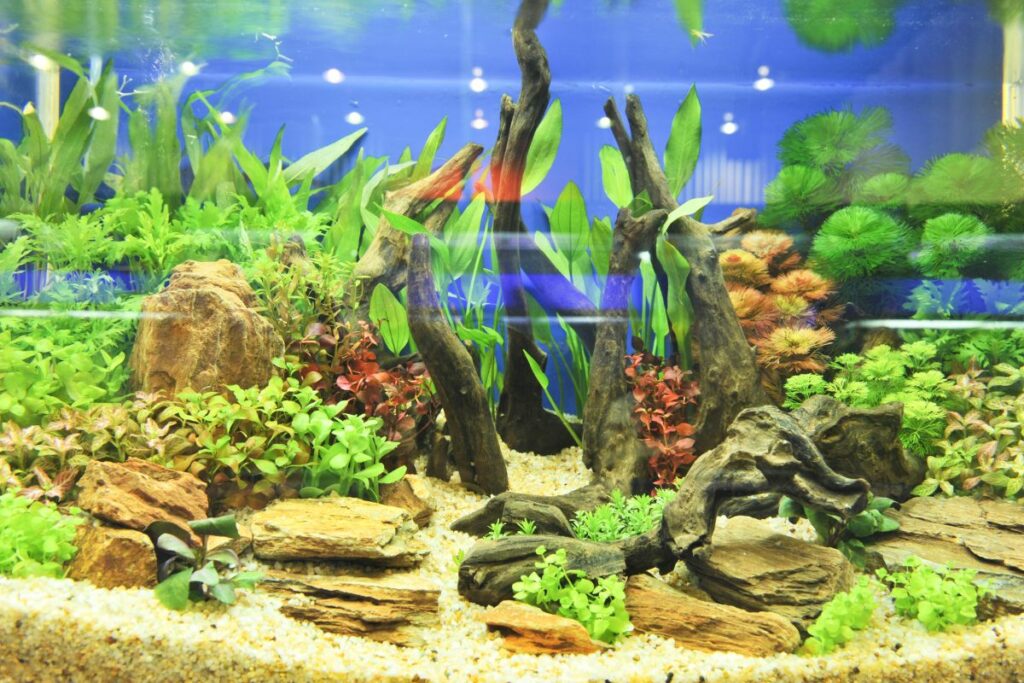
Types of Gorilla Glue
Gorilla Glue comes in several varieties, each formulated for specific applications. Here’s a quick rundown:
- Original Gorilla Glue: Known for its industrial holding power and versatility. It’s a water-activated polyurethane formula that expands into the material, forming a super-strong bond.
- Gorilla Super Glue: Made for speedy fixes, this glue bonds in 10-45 seconds and doesn’t require clamping. It contains cyanoacrylate, making it ideal for small household repairs but maybe not for underwater use.
- Gorilla Wood Glue: As the name suggests, this one is specifically designed for wood-to-wood applications. It’s water-based and intended for indoor and outdoor wood projects.
- Gorilla Epoxy: This is a strong adhesive that sets in just 5 minutes. It works on a variety of materials and is especially noted for its gap-filling capabilities.
The Importance Of Choosing Safe Materials For Aquariums
When we set up our aquariums, we’re not just decorating a tank; we’re creating a habitat. A habitat, mind you, that’s going to be home to live plants and animals. The last thing we want is for that habitat to become harmful, right? That’s why we can’t just toss in any random decoration or use any adhesive that comes to hand.
1. Chemical Leaching: The Invisible Enemy
Materials like adhesives, paints, and certain types of plastics can leach harmful chemicals into the water over time. You might not see it happening, but those chemicals can wreak havoc on your aquarium’s ecosystem. We’re talking about affecting the water quality and, ultimately, the well-being of your fish and plants.
2. Concept of “Aquarium-Safe”
So what do we mean when we say something is “aquarium-safe”? Simply put, it’s a material that won’t negatively impact the water chemistry or harm aquatic life. And it’s not just about being non-toxic; it should also be durable enough to withstand the constant underwater environment.
3. A Risk Not Worth Taking
You wouldn’t want to risk the health of your aquatic friends, would you? I didn’t think so. Using the wrong materials can lead to everything from minor irritations to more severe health problems for your fish. It can even lead to the dreaded “new tank syndrome,” where harmful substances build up faster than the aquarium’s filtration can handle.
Can You Use Gorilla Glue in Aquariums?
The burning question: Can you actually use Gorilla Glue in your aquarium without playing Russian roulette with your fish’s health?
I did some digging and, unfortunately, Gorilla Glue doesn’t explicitly state that their products are safe for use in aquariums. That’s kind of a red flag if you ask me. I’ve talked to several experienced aquarists and even a few veterinarians who specialize in fish. The consensus? It’s a bit of a gray area.
Some swear by using Gorilla Super Glue for attaching plants to rocks or decorations, but they also stress that you need to let it fully cure and perform a rigorous water test before adding it to your established aquarium.
While it may be tempting to use Gorilla Glue, especially if you have some lying around the house, the general advice is to proceed with caution.
If you’re a risk-taker and decide to use Gorilla Super Glue, make sure you follow all safety guidelines and let it fully cure before exposing it to your tank. Better yet, you might want to consider glues explicitly labeled as aquarium-safe.
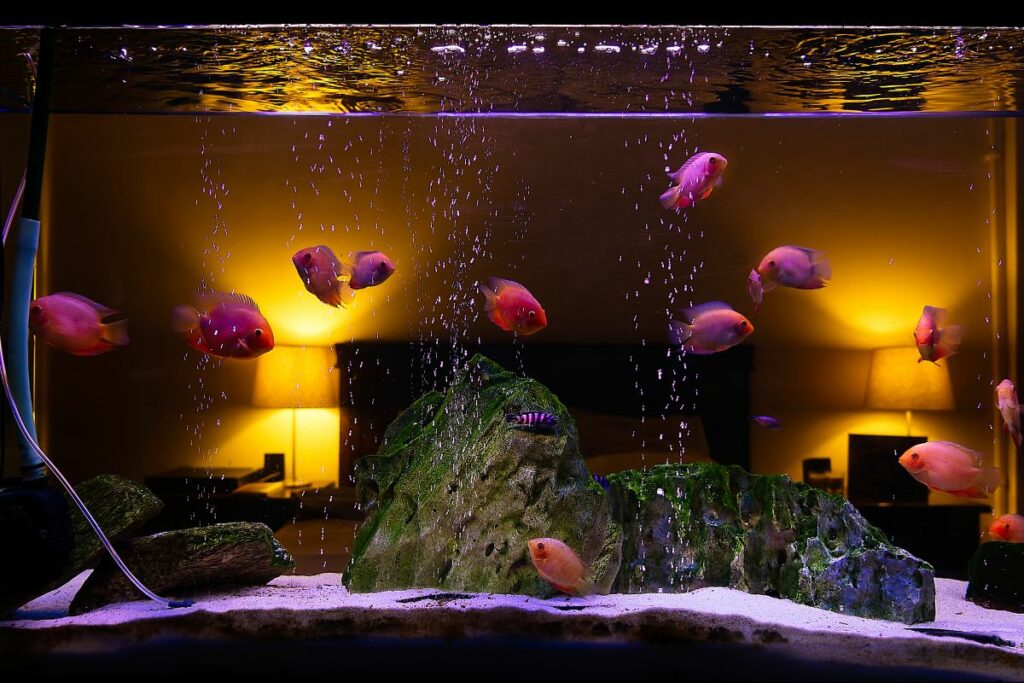
Ingredients In Gorilla Glue
Here we will be analyzing the Ingredients in gorilla glue:
1. Original Gorilla Glue
This is a polyurethane-based adhesive. While it’s waterproof and incredibly strong, it also expands as it cures. This means it can create a foam-like texture, which isn’t ideal for aesthetic reasons in an aquarium.
More importantly, it should be fully cured before placing it underwater, and even then, there’s debate among aquarists about its safety.
2. Gorilla Super Glue
Containing cyanoacrylate, this is a type of glue often deemed safe for aquarium use—under certain conditions. Cyanoacrylate is the main ingredient in many aquarium-safe glues, but Gorilla Super Glue isn’t explicitly marketed for that purpose.
3. Gorilla Wood Glue and Gorilla Epoxy
Not recommended. These are specialized for particular materials and aren’t generally safe for underwater or aquarium use.
Alternatives to Gorilla Glue for Aquarium Use
So, if the jury’s still out on Gorilla Glue, what can you use to ensure that your underwater paradise remains a safe and happy place for its inhabitants? Good news: There are adhesives out there specifically formulated to be “aquarium-safe.”
1. Aquarium-Specific Adhesives
- Cyanoacrylate Gel: This is an excellent choice for most aquarium applications, especially for securing plants and coral. It’s the same basic compound found in some types of Gorilla Super Glue, but when it’s labeled as aquarium-safe, you know it’s undergone tests to back up that claim.
- Silicone Sealant: Make sure it’s 100% silicone with no added mold inhibitors. This is often used for sealing corners and joins in DIY aquarium projects.
- Marine Epoxy: Unlike the standard epoxy, marine epoxy is formulated to be waterproof and safe for fish and plants. It’s especially useful for larger projects that require a very strong bond.
2. Natural Alternatives
Believe it or not, you can sometimes get away without using any glue at all. Here are some ideas:
- Fishing Line or Thread: Perfect for tying plants to rocks or driftwood.
- Rubber Bands: These can be used temporarily until plants anchor themselves naturally.
- Gravity: Sometimes, a well-placed rock is all you need to keep plants or decorations in place.
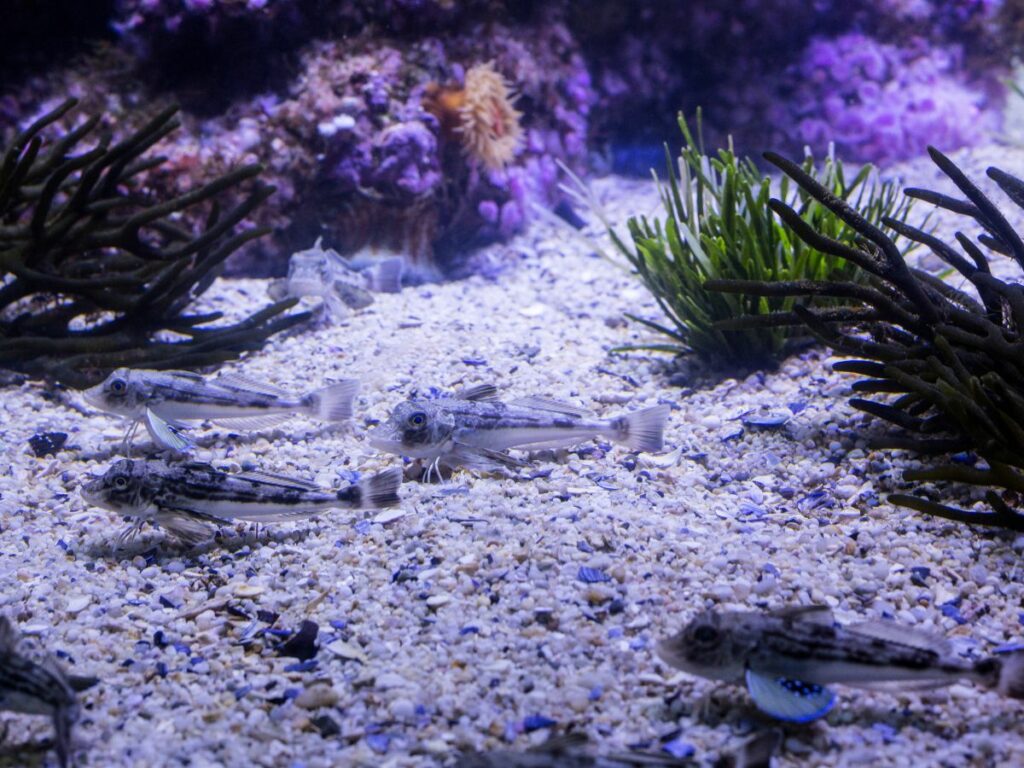
Tips for Using Adhesives in Aquariums Safely
So, you’ve got your aquarium-safe adhesive in hand and you’re raring to go. Hold your seahorses! Before you start gluing things willy-nilly, let’s go over some best practices to ensure that your underwater escapade doesn’t turn into an underwater emergency.
1. Preparation is Key
Ensure that the surfaces you’ll be bonding are clean and free of algae, dirt, or loose particles. This not only strengthens the bond but also minimizes the chances of trapping harmful substances.
2. Dry Fitting
Always do a dry fitting first. Make sure that everything fits well together before applying any adhesive.
3. Application Guidelines
When it comes to applying adhesive, especially in an environment as sensitive as an aquarium, less is often more. Use only what you need to form a strong bond.
4. Ventilation
If you’re working with any type of adhesive, make sure you’re in a well-ventilated area. Fumes from some adhesives can be harmful to both you and your aquatic friends.
5. Curing Time
Follow the manufacturer’s guidelines for curing times, and then add a buffer. It’s always better to be safe and let the adhesive fully cure before placing it in the aquarium. Once the adhesive has cured, perform a water test to ensure that it isn’t leaching any chemicals into the water.
6. Observing After Installation
For the first few days after introducing any new material into your aquarium, keep a close eye on how your fish and plants are reacting. If you notice anything off, it’s better to be cautious and investigate.
Make periodic checks on the glued areas to ensure they are holding up and not showing signs of deterioration or chemical leaching.
7. Emergency Kit
Always keep an emergency kit for your aquarium. This should include a water testing kit, alternative water supply, and a backup plan for temporarily housing your fish should you need to make immediate changes to your tank.
Conclusion
Alright, we’ve covered a lot of ground, so let’s boil it down. Is Gorilla Glue safe for aquariums? The answer isn’t a clear-cut yes or no. While some types, like Gorilla Super Glue, might be okay under certain conditions, it’s generally safer to use adhesives explicitly labeled as aquarium-safe.
Your aquarium is a delicate ecosystem that can be easily thrown off balance by the wrong materials. So when it comes to choosing an adhesive, it’s better to err on the side of caution. Stick with products that are proven safe for your aquatic friends, follow the tips for safe application, and you’ll be on your way to a healthy, happy tank.






